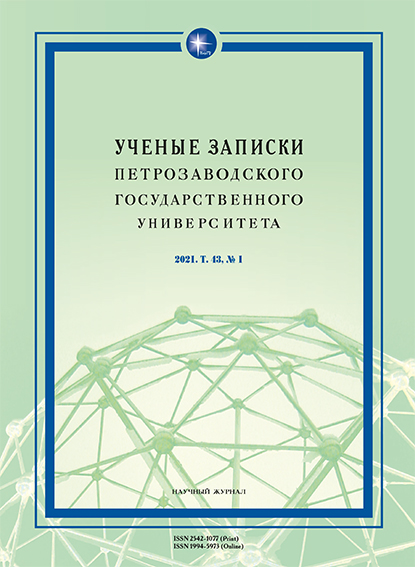ЛИНГВИСТИЧЕСКИЕ СРЕДСТВА ВЫСМЕИВАНИЯ ГЕНДЕРНЫХ СТЕРЕОТИПОВ В ЮМОРЕ НЕМЕЦКОГО ЭТНОСА
LINGUISTIC MEANS OF RIDICULING GENDER STEREOTYPES IN THE HUMOR OF GERMAN ETHNOS
Author(s): Natalya Dmitrievna Milovskaya, Anna Sergeevna IatsenkoSubject(s): Language studies, Language and Literature Studies, Pragmatics
Published by: Петрозаводский государственный университет
Keywords: linguistic everyday joke; Wortwitz; woman; stereotype; gender; humorous effect; core component; laughter reaction;
Summary/Abstract: This study addresses the linguistic means of implementing a semantic mechanism for creating a humorous effect in German linguistic everyday jokes related to the subject-reference area “a woman and a car”, which make fun of gender stereotypes in the German society. The authors give the definition of a German linguistic everyday joke about a woman as a representative of the feminine gender group of the German society with the special focus on its constitutive features. The article establishes the distinctive characteristics of the semantic mechanism for creating a humorous effect in the jokes of this type, identifies the linguistic phenomena that implement this semantic mechanism, and conducts the detailed contextual and interpretative analysis of a humorous effect formation process on the basis of these phenomena. It is emphasized that the revealed implementations of the semantic mechanism for creating a humorous effect make it possible to humorously comprehend a whole series of gender stereotypes about a woman, which are transmitted to society through the subjects of the subject-reference area “a woman and а car”. The researchers used both traditional linguistic methods (definition analysis and the componential analysis of a word’s lexical meaning structure)and linguo-pragmatic methods (contextual and interpretation analysis). A significant role was given to the method of hypothetical modeling of the situation of humorous communication between the collective author of the plot and the hypothetical recipient. The relevance of this study is associated with the unflagging interest of the linguistic community in the understudied phenomenon of humor created by an ethnic group with the means of the national language and reflecting the humorous thinking of the people.
Journal: Ученые записки Петрозаводского государственного университета
- Issue Year: 43/2021
- Issue No: 1
- Page Range: 15-21
- Page Count: 7
- Language: Russian

